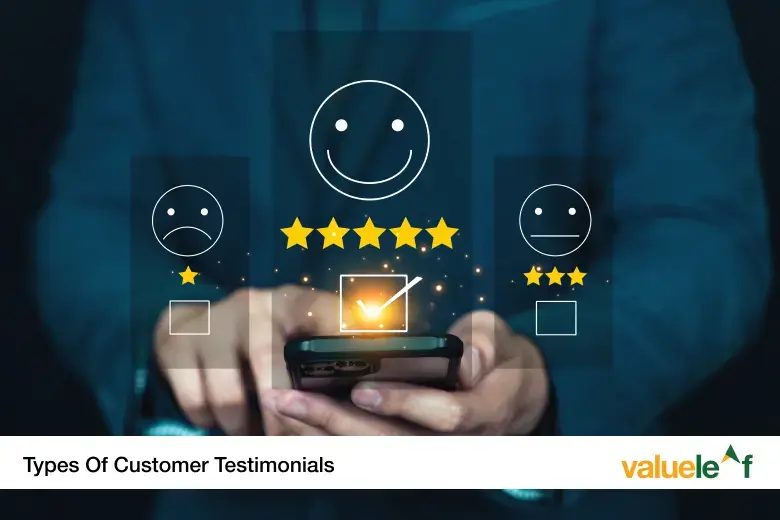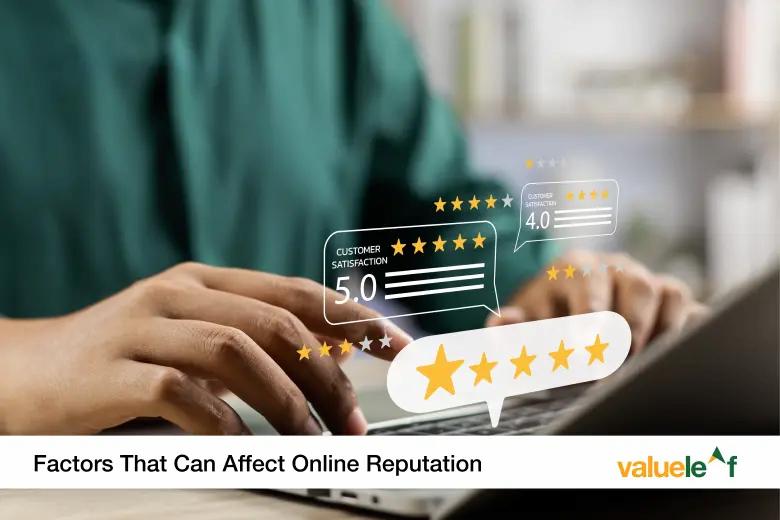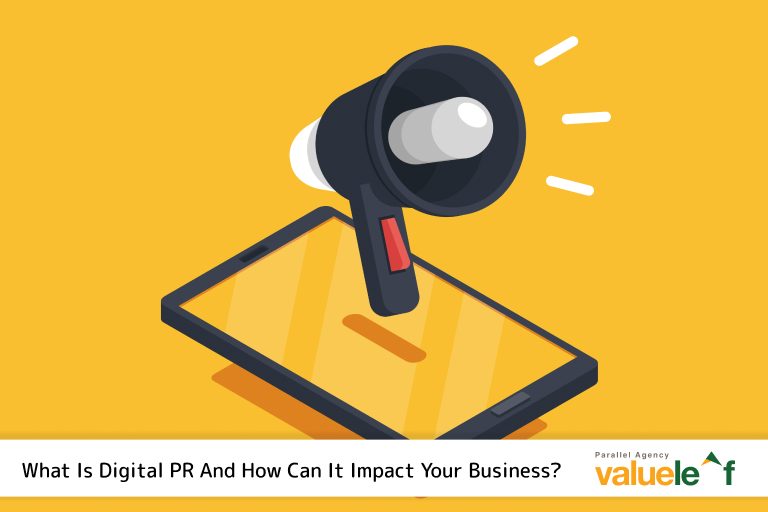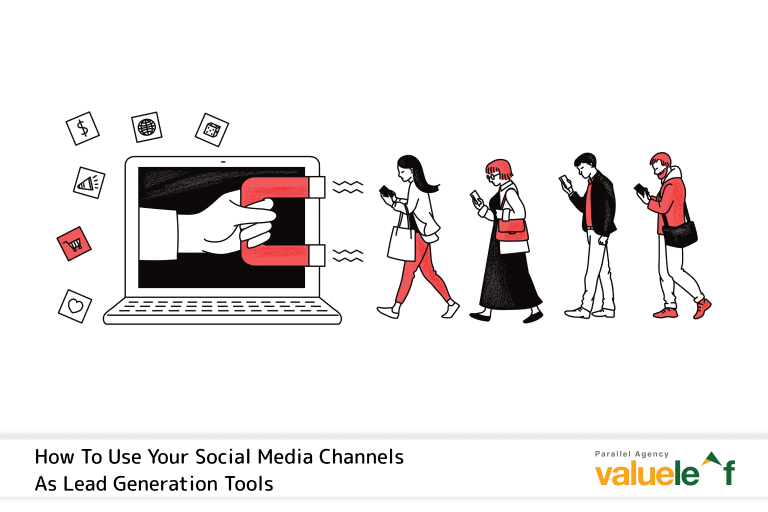Ever noticed how you’re more likely to try a restaurant with a bunch of glowing reviews than one with none? That’s the power of social proof—and in the digital marketing world, few tools offer more of it than customer testimonials.
Testimonials build trust, validate your claims, and help potential buyers picture themselves as satisfied customers. But not all testimonials are created equal. From short quotes to full-blown case studies, different types serve different purposes.
Let’s break down six powerful types of customer testimonials—and how to use each to boost your brand’s credibility and conversions.
1. Quote Testimonials
What they are:
These are your classic, short-and-sweet quotes from happy customers. Usually, a sentence or two of quote testimonials highlight a specific benefit or experience.
For example: “Since switching to [Product], our team saves at least 10 hours a week. Game-changer!” – [Customer Name], [Company]
Why they work:
They’re easy to digest, can be sprinkled throughout your site, and are great for quick trust-building on landing pages and product pages.
Pro tip: Keep them authentic—typos and all, if they’re minor. Include names, job titles, and photos where possible for added credibility.
2. Case Study Testimonials
What they are:
These go beyond surface-level praise. Case studies tell a story: the problem, the solution, and the results. They show how your product or service actually helps people.
Why they work:
They’re especially effective in B2B or high-investment purchases where buyers need to see detailed proof of ROI.
Example: HubSpot’s customer success stories follow a consistent format and often include measurable results like “increased leads by 150% in 6 months.”
Best use: Use them as downloadable PDFs, blog posts, or sales enablement content.
3. Video Testimonials
What they are:
Customers sharing their story on camera—whether in a professional interview setup or a selfie-style clip from their phone.
Why they work:
They’re visually engaging, emotionally resonant, and harder to fake. A good video testimonial lets viewers see body language, hear tone, and build a personal connection.
Where to use them:
Homepage hero sections, YouTube, email campaigns, and social ads.
Tools to try:
Platforms like Vocal Video or Testimonial.to make it easy to collect and publish video reviews.
4. Social Media Testimonials
What they are:
Tweets, Instagram comments, Reddit threads, or LinkedIn posts—any real-time love your customers show on social media.
Why they work:
They’re unfiltered, timely, and easy to share. Plus, you can screenshot or embed them as proof of positive buzz.
Example: SaaS companies like Notion and Canva frequently repost tweets from fans who’ve organically praised their features.
Pro tip: Create a branded hashtag so happy customers can tag you. Then, repost the best content (with credit).
5. Influencer or Expert Testimonials
What they are:
Endorsements from industry experts, influencers, or niche authorities who carry weight with your audience.
Why they work:
When someone with a trusted voice backs your product, that trust transfers. It’s a mix of testimonial and influencer marketing.
Use case: Skincare brand The Ordinary has exploded in popularity in part because dermatologists and skincare influencers rave about its ingredients and pricing on TikTok, YouTube, and blogs.
Don’t forget: If it’s a paid partnership, disclose it. (Looking at you, FTC.)
6. Interview Testimonials
What they are:
Structured Q&A-style content where you guide the customer to share their story in depth.
Why they work:
They offer insight into the customer’s journey in their own words and feel like a casual conversation instead of a sales pitch.
Where to use them:
Blog posts, podcast episodes, and email newsletters.
Bonus: These can double as mini case studies or be repurposed into quote snippets and social graphics.
Wrapping Up: Which Testimonial Type Is Right for You?
Here’s the thing: you don’t have to choose just one. The most effective brands mix and match testimonials depending on the channel and audience.
- Want quick-hit trust signals? Use quotes or social media testimonials.
- Need deep-dive credibility? Go for video or case studies.
- Trying to reach new audiences? Bring in influencers or expert voices.
Next step: Audit your current testimonials. Are they all the same format? Could you add a case study or capture a quick video? And if you’re just starting out, tools like Yotpo, Trustpilot, or even Google Reviews can help you gather social proof without friction.
With the right mix, your testimonials won’t just build trust—they’ll drive conversions.
Frequently Asked Questions
Q. What are written customer testimonials and how do they benefit businesses?
A. Written testimonials are text-based endorsements from customers that highlight their positive experiences. They build credibility, are easy to display across websites and marketing materials, and help influence buyer decisions through relatable narratives.
Q. How can video testimonials enhance credibility and trust in a brand?
A. Video testimonials show real people expressing genuine satisfaction, allowing viewers to hear tone, see expressions, and connect emotionally—making them more trustworthy and persuasive than text alone.
Q. Why are social media testimonials effective for influencing potential customers?
A. They’re authentic, timely, and come from real users in real-world contexts. Social proof from peers on platforms like Instagram, X (Twitter), or LinkedIn feels more organic and can reach wide audiences quickly.
Q. How do before-and-after testimonials demonstrate product or service effectiveness?
A. They visually or descriptively highlight a transformation, making the value of a product or service clear and measurable. This format helps prospects envision similar outcomes for themselves.
Q. What are the advantages of using celebrity endorsements as customer testimonials?
A. Celebrities bring existing trust and recognition, increasing visibility and perceived credibility. Their influence can drive rapid interest and lend aspirational value to a brand—especially in lifestyle and consumer products.
Q. How can customer reviews on third-party platforms boost SEO and online reputation?
A. Reviews on platforms like Google, Yelp, or Trustpilot generate fresh, keyword-rich content that improves search rankings. They also offer independent credibility, helping build trust with new customers.
Q. What makes visual testimonials like photos or infographics impactful for marketing?
A. They grab attention quickly and communicate value at a glance. Whether it’s a customer photo or a visual summary of results, they make testimonials more engaging and shareable across digital channels.
Q. How do long-form testimonials provide detailed insights into customer experiences?
A. They dive into the customer journey—covering challenges, solutions, and outcomes. These in-depth stories build stronger trust and are especially useful for complex or high-investment offerings.




